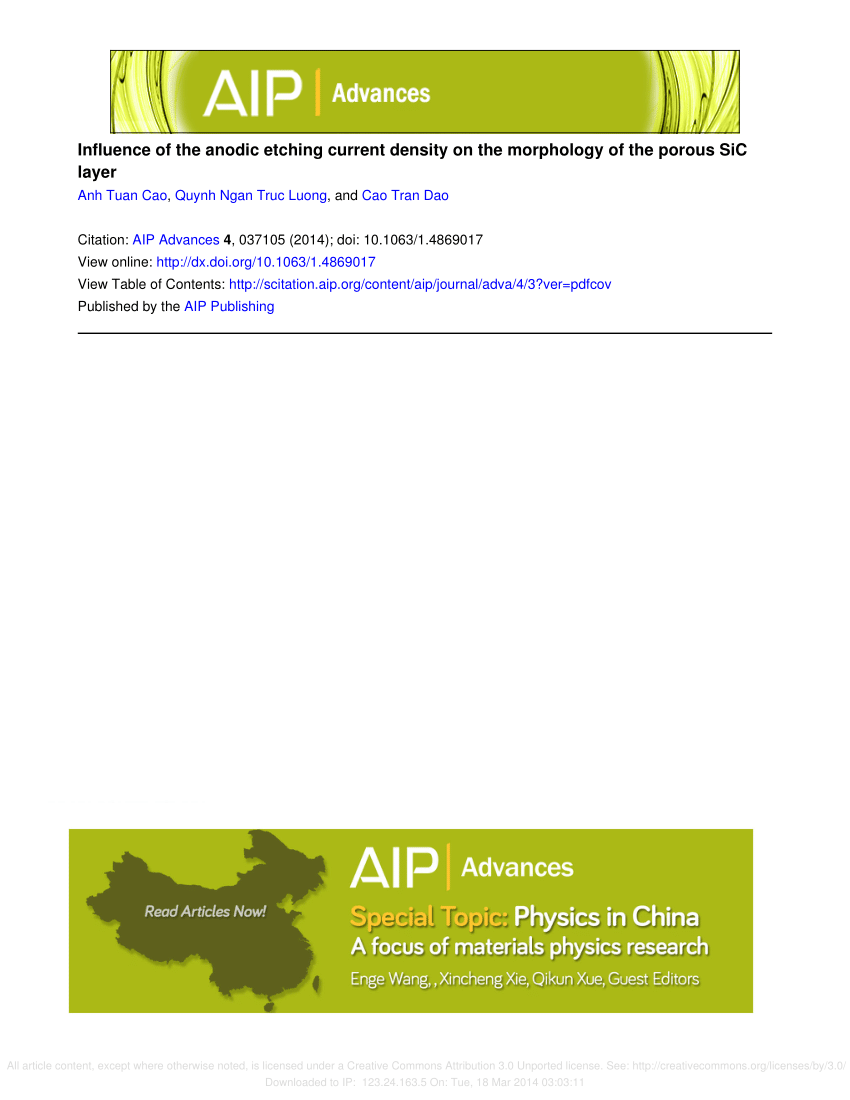双层 MoS2 中量子电子固体的对称性变化
IF 1.4
4区 物理与天体物理
Q4 MATERIALS SCIENCE, MULTIDISCIPLINARY
引用次数: 0
摘要
堆叠在厚度为 d 的 BN 相对面上的过渡金属二钙化物中的电子可以形成固体,这种固体没有长程位置秩序,但具有有限的剪切模量。熔化温度 Tm 的特点是存在未结合的量子拓扑缺陷。这种固体的 Tm 比以前研究过的硅-MOSFET 电子固体的 Tm 大四个数量级。当密度 n = n0 × 1012/cm2 发生变化,使顶部和底部电子密度相同时(n0 > 1.5,d = 5 nm),六边形固体在室温下的库仑拖曳电阻 Rdrag 增加了五个数量级,这就是实验结果。这一电阻变化相当于将阈下斜率(半导体器件低功率开关的关键参数)提高了四个数量级,超过了 "玻尔兹曼暴政 "对 MOSFET 的现有限制。双层固体的对称性可以通过改变密度来调整。当 n0 ≈ 1.5 时,六方晶格变得柔软。由于晶格位置的大量量子波动(相当于 0.4 个晶格间距)导致无序度增加,Rdrag 进一步增加了两个数量级。阈下斜率又提高了两个数量级。在 n0 < 1.5 时,开始形成不同的固相,对应于不同栅极电压下不同大小的 Rdrag 峰值。这就为制造具有三元和高阶系统的新型器件提供了引人入胜的可能性,在这些器件中,不同的相位对应不同的逻辑状态,而不仅仅是开启(低电阻)和关闭(高电阻)两种状态。本文章由计算机程序翻译,如有差异,请以英文原文为准。
Symmetry change of quantum electron solids in double layer MoS2
Electrons in transition metal dichalcogenides stacked on opposite sides of BN of thickness d can form solids, which have no long range position order but are characterized by a finite shear modulus. The melting temperature Tm is characterized by the occurrence of unbound quantum topological defects. Tm of this solid is four orders of magnitude larger than that of previously studied electron solids in Si-MOSFETs. As the density n = n0 × 1012/cm2 is changed so that both the top and the bottom electron densities are the same, for n0 > 1.5 with d = 5 nm, a hexagonal solid is manifested experimentally by a five order of magnitude increase in Coulomb drag resistance Rdrag at room temperature. This resistance change corresponds to a four orders of magnitude better subthreshold slope, the key parameter for semiconductor device low power switching, over existing limits for MOSFETs from “Boltzmann’s tyranny.” The symmetry of the two-layer solid can be tuned by varying the density. The hexagonal lattice becomes soft at n0 ≈ 1.5. There is a further two orders of magnitude increase in Rdrag due to an increase in disorder caused by the large quantum fluctuation of the lattice position that is of 0.4 order of the lattice spacing. The subthreshold slope is improved by two more orders of magnitude. For n0 < 1.5, different phases of the solid corresponding to peaks of Rdrag of different magnitude at different gate voltages start to form. This raises the intriguing possibility of making new classes of devices with ternary and higher order systems where the different phases correspond to different logical states and not just two states of on (low resistance) and off (high resistance).
求助全文
通过发布文献求助,成功后即可免费获取论文全文。
去求助
来源期刊

AIP Advances
NANOSCIENCE & NANOTECHNOLOGY-MATERIALS SCIENCE, MULTIDISCIPLINARY
CiteScore
2.80
自引率
6.20%
发文量
1233
审稿时长
2-4 weeks
期刊介绍:
AIP Advances is an open access journal publishing in all areas of physical sciences—applied, theoretical, and experimental. All published articles are freely available to read, download, and share. The journal prides itself on the belief that all good science is important and relevant. Our inclusive scope and publication standards make it an essential outlet for scientists in the physical sciences.
AIP Advances is a community-based journal, with a fast production cycle. The quick publication process and open-access model allows us to quickly distribute new scientific concepts. Our Editors, assisted by peer review, determine whether a manuscript is technically correct and original. After publication, the readership evaluates whether a manuscript is timely, relevant, or significant.
 求助内容:
求助内容: 应助结果提醒方式:
应助结果提醒方式:


